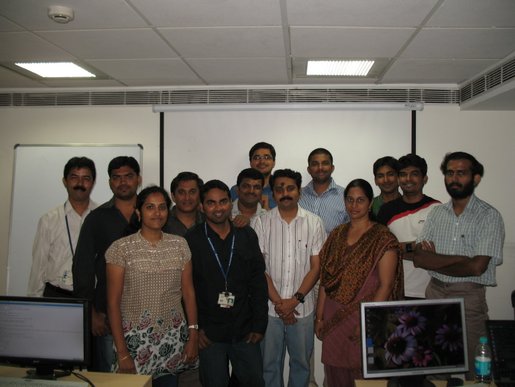Seven years ago, I had written about my experience of Taming Sakila and since then I’ve had the pleasure and privilege of discussing the world’s most popular open source Database in Oracle University classrooms for some years. While those sweet memories remain, I was a bit restless for ignoring requests from a few of my friends in helping them learn the basics of MySQL. And today, I’m happy to have been able to produce some screen-casts on helping my friends (and all those interested) get started with the MySQL Database. Over a dozen videos that are on the YouTube playlist ‘Getting Started with MySQL’ – embedded below- might just be sufficient to start learning MySQL. For a more detailed study, I’d stronly recommend the training programs on MySQL or the official MySQL documentation.
I hope some of you find these videos useful.




















